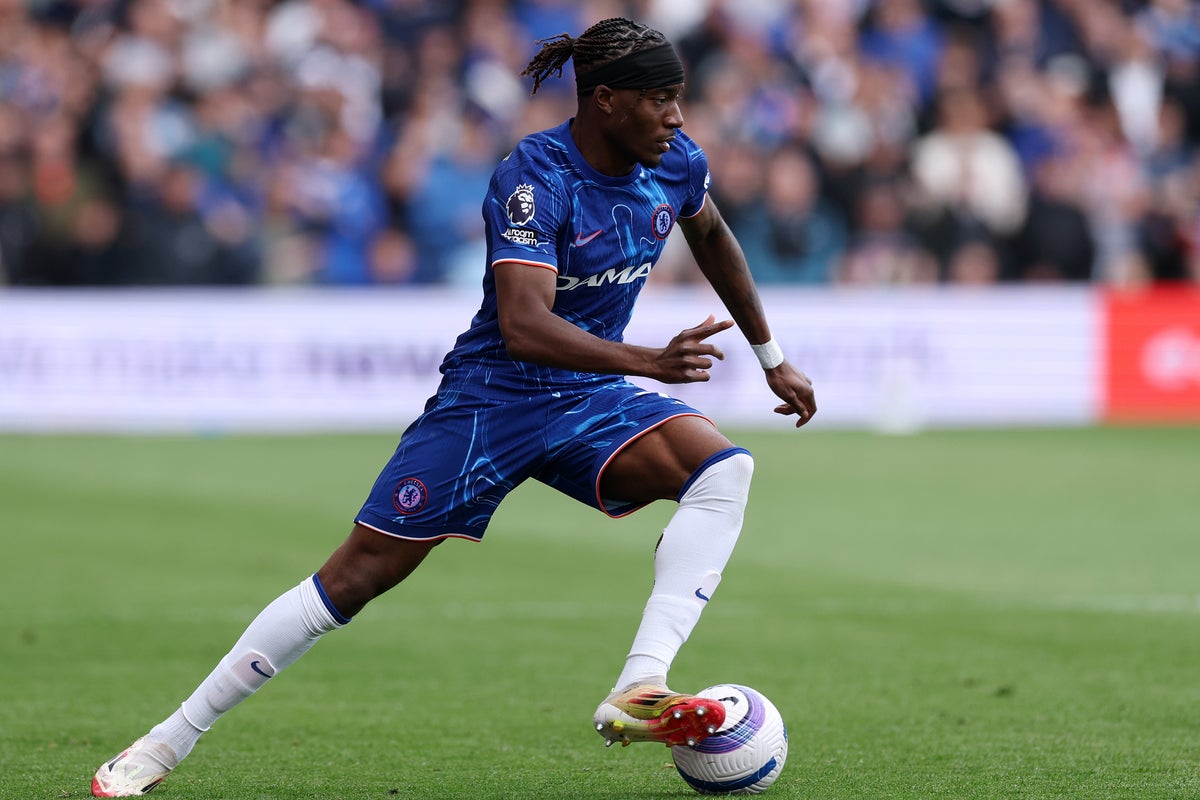Motor neurone disease (MND) is a devastating condition that causes progressive muscle weakness by damaging the motor neurones, the nerve cells that connect the brain to muscles. These neurones allow us to move, breathe, eat and ultimately, stay alive.
Unlike many chronic conditions linked to lifestyle, where being “unhealthy” increases risk, MND doesn’t follow the usual rules.
In fact, some of the highest-profile cases of MND in recent years have involved elite athletes: rugby legends Doddie Weir and Rob Burrow are two well-known examples. Previous research from Italy also found an increased incidence of MND in former professional footballers.
But wait – these are elite sportsmen. The healthiest of the healthy. We’re always told that exercise protects against heart disease, stroke, diabetes, and many forms of cancer. So why would it be associated with something as devastating as MND?
That’s the question we’re investigating at the Sheffield Institute for Translational Neuroscience (SITraN), part of the University of Sheffield, where we’re exploring how strenuous physical activity might play a role in triggering MND.

One of the first questions we asked was whether this link could simply be down to survivorship bias. In other words, do people who exercise more develop MND only because they’re protected from more common causes of death?
To explore this, we turned to genetics. Specifically, we looked at the connection between MND, exercise, and genetic mutations – changes in DNA that are fixed from birth and unaffected by lifestyle or survival.
We found that a small proportion of people who are genetically predisposed to engage in high levels of physical activity also carry a genetic risk for MND, but only when it comes to very intense anaerobic exercise. Other forms of exercise, like weightlifting, had no effect. Crucially, this link appeared to be independent of head injury, which has also been suggested as a potential cause of exercise-associated MND.
How much is too much?
It’s important to emphasise that most athletes never develop MND. There is no simple one-to-one relationship between intense exercise and the disease.
What we observed in our genetic study was a dose effect; risk was only apparent in people performing extreme levels of activity, such as more than 12 hours of intense exercise per week. Even then, most did not go on to develop MND. But in this group, the risk of MND was higher than in the general population.
This echoes findings from a Swedish study involving cross-country skiers who took part in the Vasaloppet, a gruelling 90km race. The fastest skiers, those at the very top of the performance spectrum, were four times more likely to develop MND than the general population. However, skiers who finished in the middle of the pack had a 50 per cent lower risk than average.
Why? We believe that extreme levels of physical activity may switch off protective mechanisms within motor neurones. These mechanisms act like safety switches, preventing neurones from becoming overexcited and wearing out. Turn them off, and you may improve performance – but at a potential long-term cost. We’re now exploring whether we can reactivate these safety mechanisms to prevent or delay the onset of MND.
To develop treatments, we first need a reliable model of the disease, and that’s where fruit flies come in. We’ve engineered flies that carry a known genetic risk factor for MND.
In healthy flies, exercise improves strength and extends lifespan – just like in humans. But in MND-prone flies, exercise does the opposite: it makes them weaker and accelerates motor neurone loss. We’ve seen similar patterns in human studies.
Now we’re testing interventions that could protect against this damage. Early results suggest the key may lie in tweaking the electrical signals between motor neurones and muscles; potentially allowing us to retain the benefits of exercise while eliminating the risks.
Should athletes be worried?
There’s no need for alarm, just awareness. Exercise is overwhelmingly beneficial and should be encouraged for almost everyone. Most professional athletes remain in exceptional health throughout their lives.
But for a small proportion of people, extreme anaerobic training may carry a hidden risk.
By identifying those individuals early and better understanding the underlying biology, we aim to develop targeted strategies for prevention and treatment – without discouraging the countless benefits of an active life.
The science is still evolving. But the goal is clear: to make sport safer and motor neurone disease rarer.
Johnathan Cooper-Knock is a Senior Lecturer in Neurology in the School of Medicine and Population Health at the University of Sheffield.
Pamela J. Shaw is a Professor of Neurology in the School of Medicine and Population Health at the University of Sheffield.
This article is republished from The Conversation under a Creative Commons license. Read the original article.




